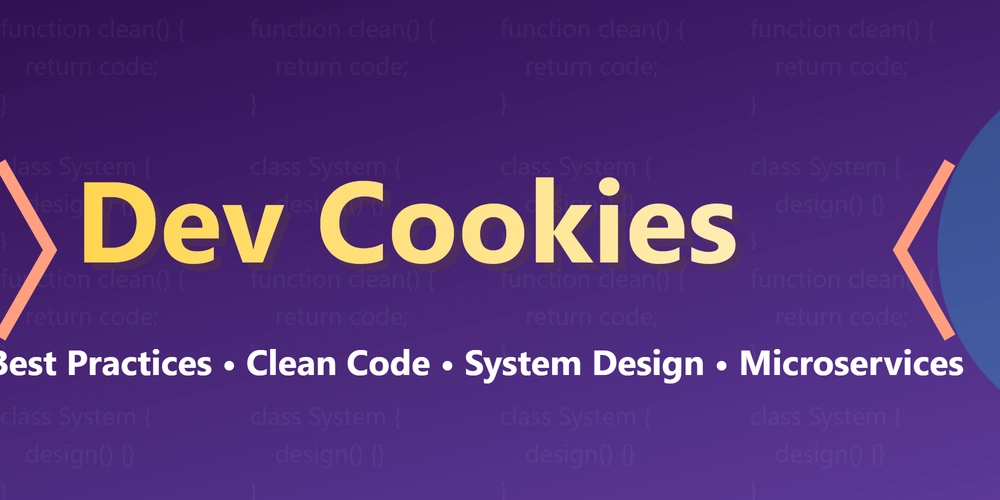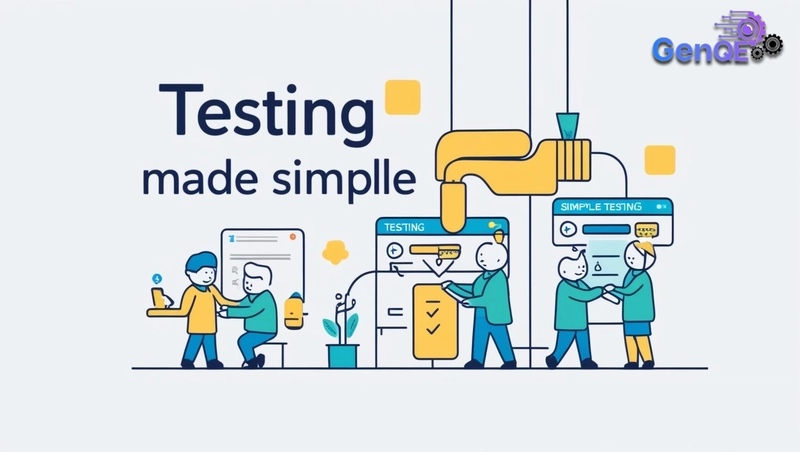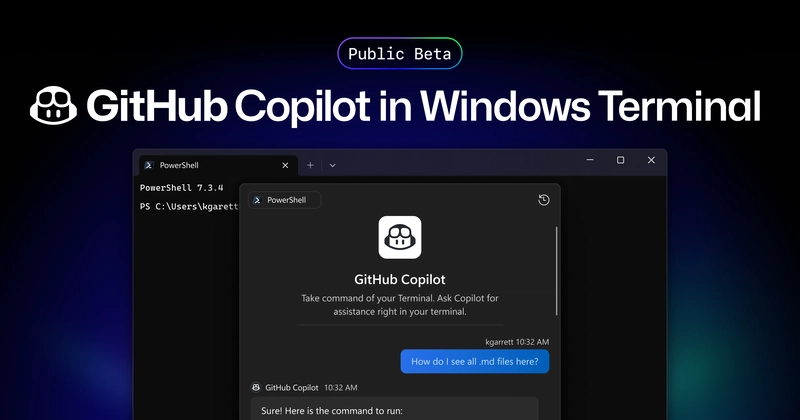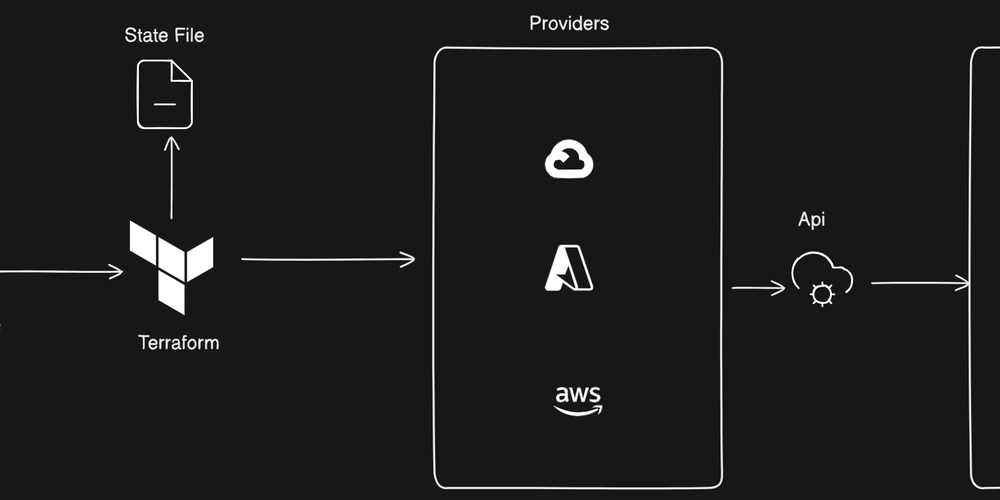SN Aboitiz Power Group Embraces Low-Code to Transform Business Operations
The push for digital transformation continues to accelerate across industries, but many organizations still struggle with the "messy middle"—a phase where IT backlogs, resource constraints, and fragmented systems slow down progress. For SN Aboitiz Power Group (SNAP), a leader in clean energy generation in the Philippines, this challenge became a catalyst for change. Rather than waiting for traditional IT-driven solutions, SNAP took a business-led approach to automation. By embracing low-code technology, the company empowered its teams to streamline internal processes, improve collaboration, and reduce operational bottlenecks. Their partnership with Kissflow’s low-code platform has been instrumental in making this shift happen. The Need for Scalable Digital Transformation SNAP operates in a highly dynamic industry, where managing energy production and infrastructure requires both agility and efficiency. However, like many large enterprises, they encountered challenges with manual workflows, administrative delays, and the growing demand for automation. A common misconception is that hiring more developers is the answer to these digital transformation roadblocks. But as highlighted in the Kissflow x Rockbird Media roundtable, 72% of IT leaders report that growing backlogs prevent them from focusing on strategic projects. The solution? Citizen development—a model where business users take an active role in building IT-approved applications without heavy coding. SNAP embraced this approach by implementing Kissflow’s low-code platform, allowing non-technical teams to digitize over 95 business processes. This meant that employees could now design and deploy solutions tailored to their needs, rather than relying on IT teams to build them from scratch. Bridging the Gap Between IT and Business Teams One of the biggest takeaways from the Kissflow x Rockbird Media roundtable was the importance of collaboration between IT and business teams. The traditional approach—where IT builds solutions in isolation—often leads to inefficiencies and misaligned priorities. Instead, low-code platforms provide a bridge, enabling both technical and non-technical teams to co-create applications that drive efficiency. For SNAP, this approach resulted in the development of custom applications such as Executive Assistants Central for managing administrative requests, Supply Chain Hub for vendor coordination, and iServe, an HR process automation tool. These solutions were built without long development cycles, proving that business users can lead innovation when given the right tools. The Rise of Low-Code in Southeast Asia This shift toward business-led automation isn’t unique to SNAP. Across Southeast Asia, companies are increasingly recognizing the value of low-code and no-code platforms to accelerate digital transformation. During a recent Kakacomputer interview, Rakesh Nandakumar, Associate VP for Southeast Asia at Kissflow, shared insights on why low-code adoption is gaining traction. According to him, the ability for business users to build solutions independently is changing the way organizations approach innovation. "We are seeing a massive shift in how businesses operate," Rakesh explained. "Low-code lets the people who actually use these processes take control—allowing them to build and refine solutions without waiting for developers."

The push for digital transformation continues to accelerate across industries, but many organizations still struggle with the "messy middle"—a phase where IT backlogs, resource constraints, and fragmented systems slow down progress. For SN Aboitiz Power Group (SNAP), a leader in clean energy generation in the Philippines, this challenge became a catalyst for change.
Rather than waiting for traditional IT-driven solutions, SNAP took a business-led approach to automation. By embracing low-code technology, the company empowered its teams to streamline internal processes, improve collaboration, and reduce operational bottlenecks. Their partnership with Kissflow’s low-code platform has been instrumental in making this shift happen.
The Need for Scalable Digital Transformation
SNAP operates in a highly dynamic industry, where managing energy production and infrastructure requires both agility and efficiency. However, like many large enterprises, they encountered challenges with manual workflows, administrative delays, and the growing demand for automation.
A common misconception is that hiring more developers is the answer to these digital transformation roadblocks. But as highlighted in the Kissflow x Rockbird Media roundtable, 72% of IT leaders report that growing backlogs prevent them from focusing on strategic projects. The solution? Citizen development—a model where business users take an active role in building IT-approved applications without heavy coding.
SNAP embraced this approach by implementing Kissflow’s low-code platform, allowing non-technical teams to digitize over 95 business processes. This meant that employees could now design and deploy solutions tailored to their needs, rather than relying on IT teams to build them from scratch.
Bridging the Gap Between IT and Business Teams
One of the biggest takeaways from the Kissflow x Rockbird Media roundtable was the importance of collaboration between IT and business teams. The traditional approach—where IT builds solutions in isolation—often leads to inefficiencies and misaligned priorities. Instead, low-code platforms provide a bridge, enabling both technical and non-technical teams to co-create applications that drive efficiency.
For SNAP, this approach resulted in the development of custom applications such as Executive Assistants Central for managing administrative requests, Supply Chain Hub for vendor coordination, and iServe, an HR process automation tool. These solutions were built without long development cycles, proving that business users can lead innovation when given the right tools.
The Rise of Low-Code in Southeast Asia
This shift toward business-led automation isn’t unique to SNAP. Across Southeast Asia, companies are increasingly recognizing the value of low-code and no-code platforms to accelerate digital transformation.
During a recent Kakacomputer interview, Rakesh Nandakumar, Associate VP for Southeast Asia at Kissflow, shared insights on why low-code adoption is gaining traction. According to him, the ability for business users to build solutions independently is changing the way organizations approach innovation.
"We are seeing a massive shift in how businesses operate," Rakesh explained. "Low-code lets the people who actually use these processes take control—allowing them to build and refine solutions without waiting for developers."













































































































































































![[The AI Show Episode 142]: ChatGPT’s New Image Generator, Studio Ghibli Craze and Backlash, Gemini 2.5, OpenAI Academy, 4o Updates, Vibe Marketing & xAI Acquires X](https://www.marketingaiinstitute.com/hubfs/ep%20142%20cover.png)



























































































































![[FREE EBOOKS] The Kubernetes Bible, The Ultimate Linux Shell Scripting Guide & Four More Best Selling Titles](https://www.javacodegeeks.com/wp-content/uploads/2012/12/jcg-logo.jpg)



![From drop-out to software architect with Jason Lengstorf [Podcast #167]](https://cdn.hashnode.com/res/hashnode/image/upload/v1743796461357/f3d19cd7-e6f5-4d7c-8bfc-eb974bc8da68.png?#)





































































































.png?#)





.jpg?#)
































_Christophe_Coat_Alamy.jpg?#)










































































































![Rapidus in Talks With Apple as It Accelerates Toward 2nm Chip Production [Report]](https://www.iclarified.com/images/news/96937/96937/96937-640.jpg)





































































































































